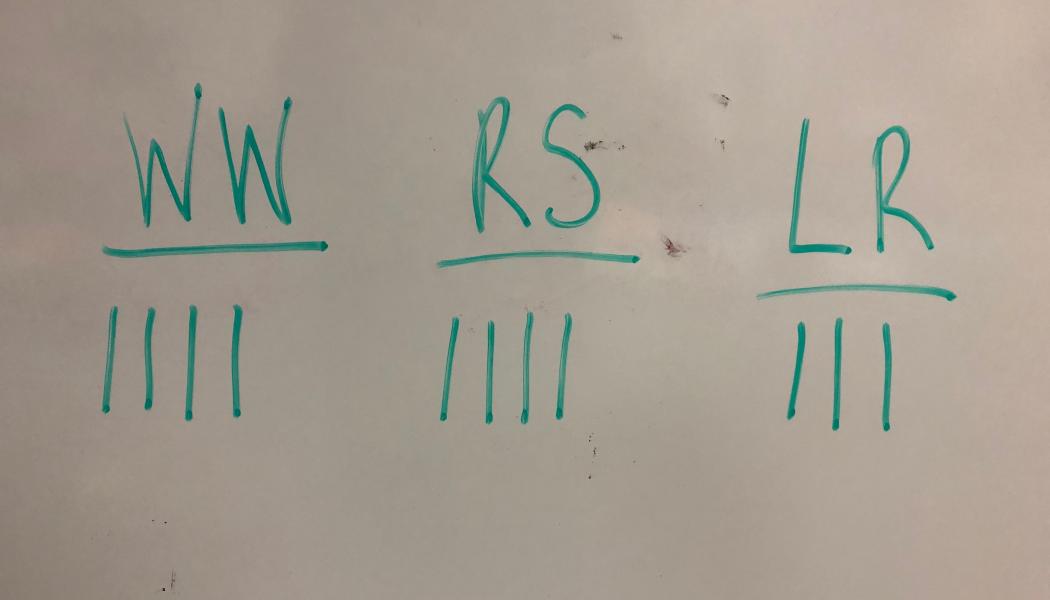Keeping Count of Limited Choice

Join Our Community
Access this resource now. Get up to three resources every month for free.
Choose from thousands of articles, lessons, guides, videos, and printables.
When launching Daily 5 each year, we begin by introducing Read to Self, followed by Work on Writing. Then, after stamina is built and we introduce choice between the two options, we present the remaining three options, one by one. We structure the launch this way for three reasons:
- The behaviors for the five tasks are similar. Once stamina is built for Read to Self and Work on Writing, the behaviors carry over to the other tasks almost seamlessly.
- We often don’t have enough supplies for the whole class to practice Word Work or Listen to Reading at the same time, so we limit the number of students for those tasks each round.
- Having the whole class practice Read to Someone during a Daily 5 session, instead of only four to six students, can get loud.
Because we limit the number of students each session for the Daily 5 options of Listen to Reading, Word Work, and Read to Someone, we need a simple way to keep track of this. Most commonly we see teachers either select a student to help count and keep track or have students stand in designated areas when they have chosen a specific task, so that the number of participants is visible.
Recently, second-grade teacher Emily Shafer shared another way of keeping track of limited choice. She has a student write WW (Word Work), LR (Listen to Reading), and RS (Read to Someone) on the board and then put tally marks next to each to represent the number of students who can choose that option. When a student chooses one of those three tasks, they go to the board, erase a tally mark, and get started right away. It has proved to be a quick and quiet way for students to know what options are available when it is their turn to choose.
Thanks for sharing, Emily!






